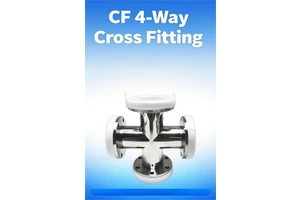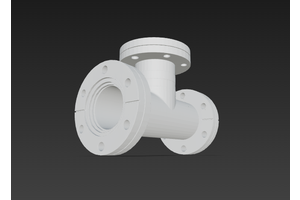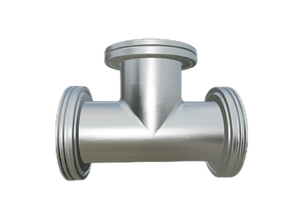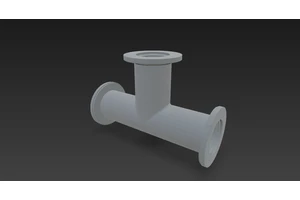Principles of Vacuum Pump Selection and Relevant Calculation Formulas
Before delving into the selection process for vacuum pumps, it's crucial to understand several fundamental concepts:
Basic Concepts
Vacuum Level: Represents the thinness of gas in a vacuum state, typically measured as vacuum level. The value read from a vacuum gauge is called vacuum level or gauge pressure. This indicates how much lower the system pressure is compared to atmospheric pressure (usually 101325 Pa). For instance, water ring vacuum pumps can achieve an ultimate absolute pressure of about 3300 Pa, whereas rotary vane pumps reach approximately 10 Pa.
Ultimate Relative Pressure: Refers to the internal pressure difference relative to "atmospheric pressure". When using relative or gauge pressure, negative signs precede the values because the internal pressure is always lower than the external pressure.
Ultimate Absolute Pressure: Compares the internal pressure with the theoretical vacuum (0 Pa). Due to technological limitations, achieving absolute vacuum is impossible; thus, the vacuum value obtained by vacuum pumps will always be higher than the theoretical vacuum value.
Pumping Speed: A measure of how quickly a vacuum pump can evacuate a volume of air, usually expressed in L/s or m³/h. It compensates for leakage rates. Higher pumping speeds more effectively maintain desired vacuum levels despite leaks.
Vacuum Pump Selection Process
Required Vacuum Level: The working pressure of the selected vacuum pump should meet the requirements of the process, ideally being half to one order of magnitude higher than required (e.g., for a requirement of 100 Pa, select a pump with at least 50 Pa to 10 Pa capability).
Required Pumping Speed: Calculated based on the formula:
S=tV×ln(P2P1)
Where S is the pumping speed (L/s), V is the volume of the vacuum chamber (L), t is the time needed to achieve the required vacuum level (s), P1 is the initial pressure (Pa), and P2 is the target pressure (Pa).
Composition of the Gas Being Pumped:
- Determine if the gas contains moisture, particles, or dust, which may affect the choice between different types of vacuum pumps and whether additional filtration is necessary.
- Consider the corrosiveness of the gas (acidic or alkaline) and its impact on materials.
- Evaluate potential contamination of rubber or oils by the pumped medium, necessitating appropriate vacuum equipment choices and possibly installing auxiliary devices like condensers or filters.
Additional Considerations: Noise, vibration, aesthetics, cost-effectiveness, quality, transportation, maintenance costs, etc., should also be considered when selecting a vacuum pump.
Understanding these principles helps in making informed decisions during the selection of vacuum pumps, ensuring that they are suitable for specific applications and operational conditions.





